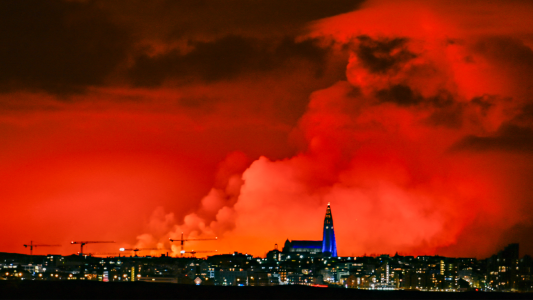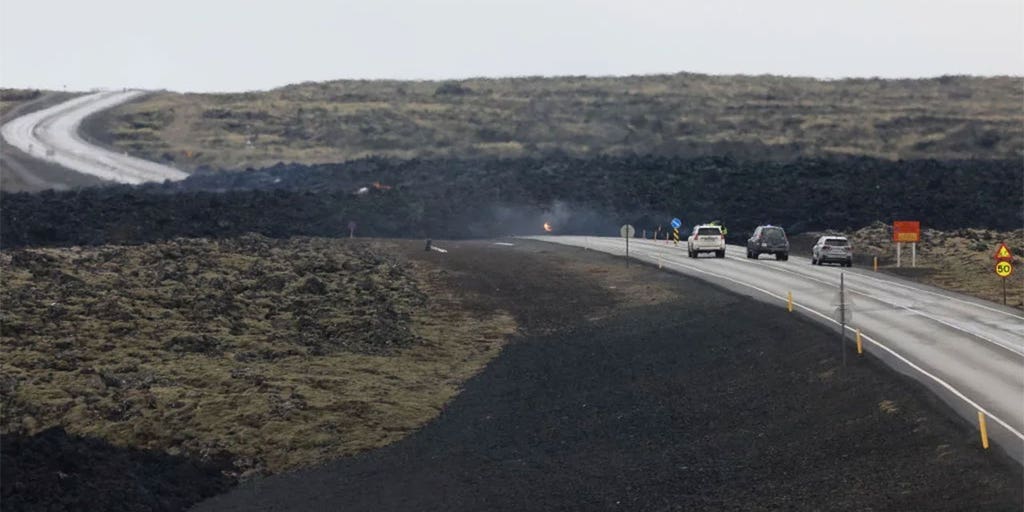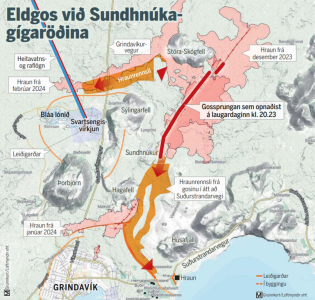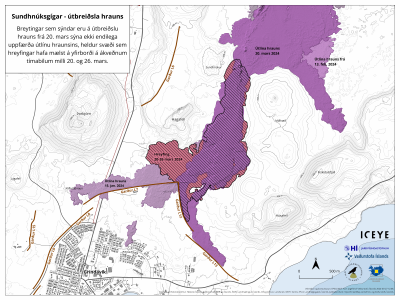When I was a child, 60 years ago, I lived on an island in the middle of the Pacific Ocean. It was 5 or 6 feet above sea level. Any decent storm and there was seaweed in our yard. We were maybe 150 feet from the ocean side in one direction and maybe 800-900 feet away from the lagoon on the other side. The island was Kwajalein, in the Marshall Islands, 9 degrees north of the equator. Had there been a typhoon, it might have been curtains for us. We weren't careless, we were stationed there.
I also don't like to be in a flood zone, so I studied the maps before buying property.
All that being said, it's easy to be glib about not living someplace. The people in Grindavik and nearby hadn't experienced an eruption in roughly 800 years, that's a whole lot of generations to get used to the way it was (eruption free). Iceland is a small country, at the junction of three tectonic plates. It's always been volcanic. But it hasn't been volcanic in that area for 800 years.
So, I do have a lot of sympathy for the people there, who are trying to survive in an area that is nearly 66 degrees north. It's a tough life there, the winters are long and dark, there's not much forest there, (all logged), in many areas it takes centuries to grow grass again, there's no growing season for agriculture, (most food is imported) and most people are working in fishing related industries (or tourism). My wife and I visited in August last year. It's an interesting place, and amazingly beautiful. But it's a tough place to live. Summer makes things look pretty good there, (it was 50F) but summer is gone in a flash. The Icelanders seem to want to look after their less fortunate brethren, which to me seems like the right and kind thing to do.




